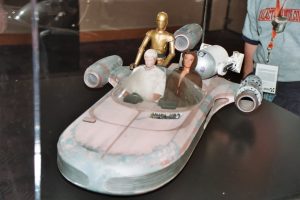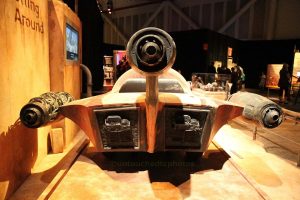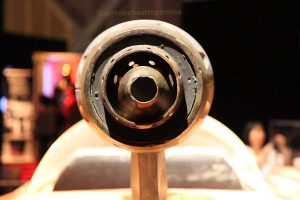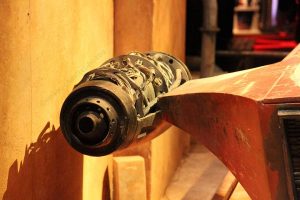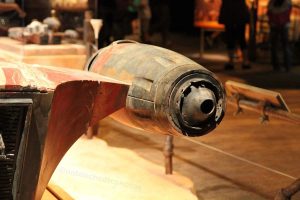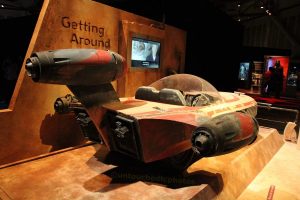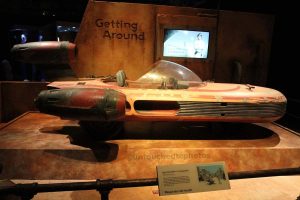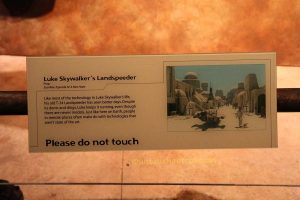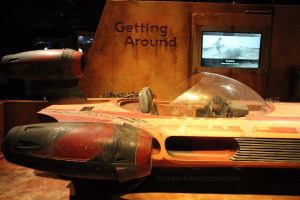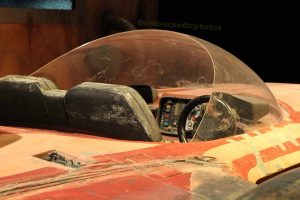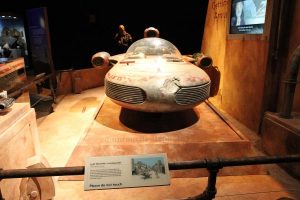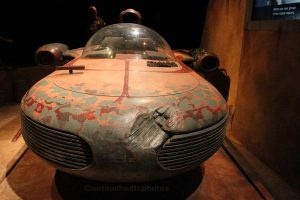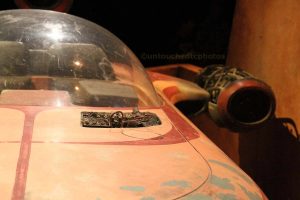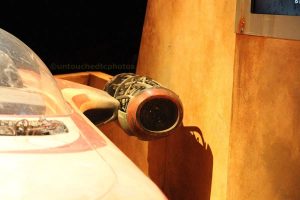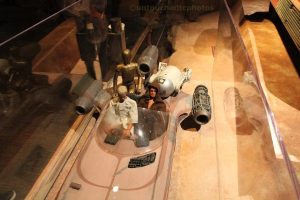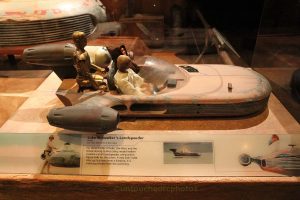“#MarsHelicopter touchdown confirmed! Its 293 million mile (471 million km) journey aboard @NASAPersevere ended with the final drop of 4 inches (10 cm) from the rover’s belly to the surface of Mars today,” officials with NASA’s Jet Propulsion Laboratory in Pasadena, California wrote in a Twitter announcement. “Next milestone? Survive the night.”



Ingenuity is a small, solar-powered helicopter that relies on a rechargeable battery to keep its systems warm during the cold Martian night. It weighs just 4 lbs. (1.8 kilograms). Until now, Ingenuity has been attached to Perseverance’s belly, keeping warm by feeding off the rover’s nuclear-powered system.
The helicopter’s internal battery is now being used to fuel a vital heater.
“This heater keeps the interior at about 45 degrees F through the bitter cold of the Martian night, where temperatures can drop to as low as -130 F (minus 90 degrees Celsius),” NASA’s Bob Balaram, chief engineer for the Mars Helicopter project, wrote in a status update Friday (April 2). “That comfortably protects key components such as the battery and some of the sensitive electronics from harm at very cold temperatures.”
The first flight of Ingenuity is scheduled for April 11, with data from the test expected to reach Earth on April 12th, according to NASA officials. The $85 million drone is the first helicopter to be sent to another planet, and it will be used to test technologies for future flying vehicles on other worlds. The Perseverance rover will be able to see the footage captured by Ingenuity’s two cameras. Ingenuity carries two cameras to document its flights, which will also be observed by the Perseverance rover.

But first, of course, Ingenuity must first survive its first night alone on Mars in the freezing cold. The heater will be powered by the helicopter’s battery, which will keep the temperature around 5 degrees F constant (minus 15 degrees C).
“The Ingenuity team will be anxiously waiting to hear from the helicopter the next day,” Balaram wrote Friday. “Did it make it through the night? Is the solar panel working as expected?”
The rover is part of a larger mission to look for signs of habitability in Jezero Crater, which appears to have been water-rich in the past. Perseverance will save the best samples it finds for a future sample-return mission to Earth. If Ingenuity can fly, it will hail a potential new generation of Martian explorers that can scout ahead of rovers and even humans, in the decades to come, to make surface exploration easier.

